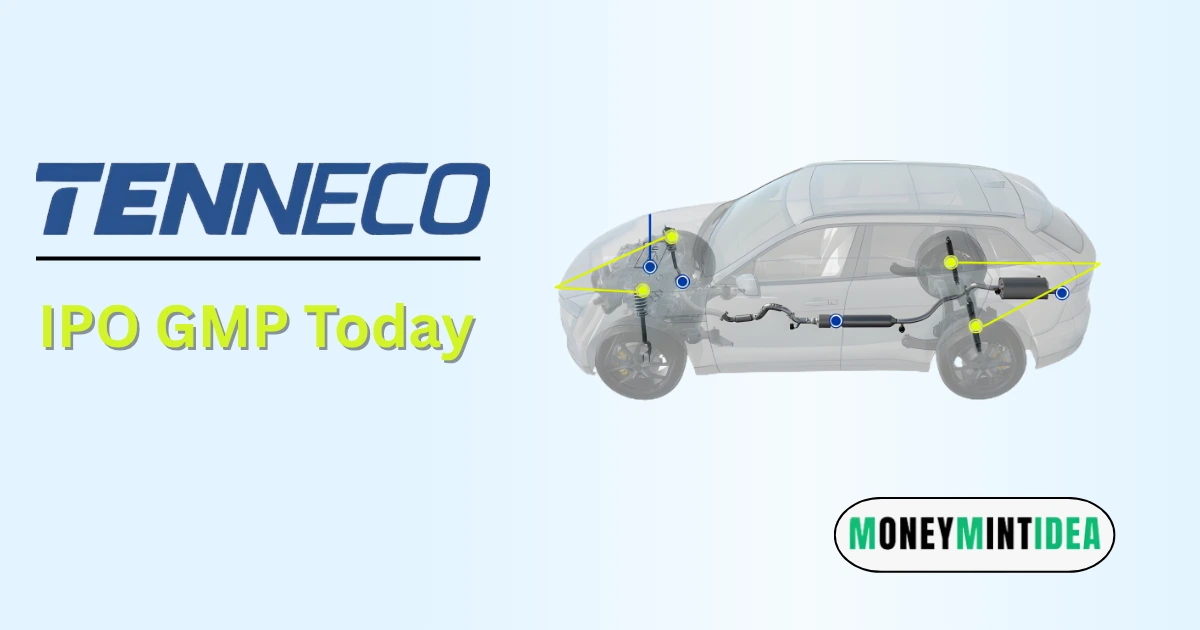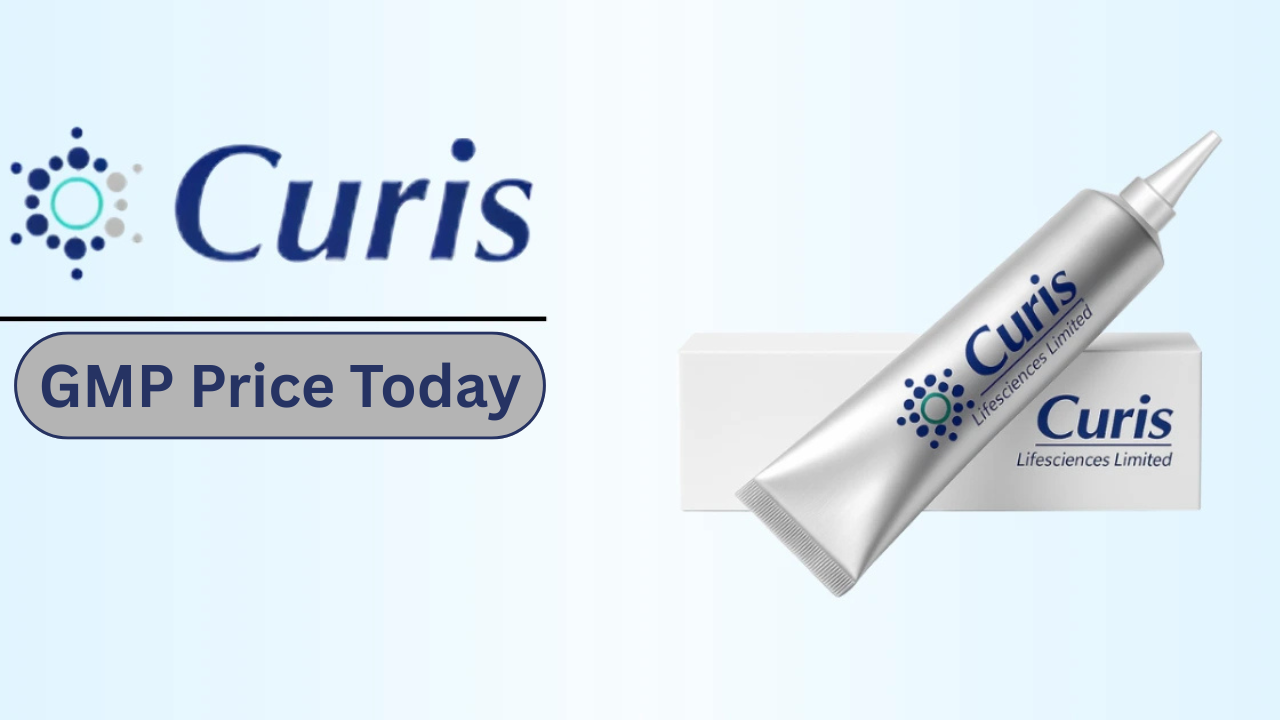CHAPTER 5: SCHEME RELATED INFORMATION
Investors are Governed by the Principle of Caveat Emptor i.e. , let the Buyer Beware. They are Presumed to have read and Understood the Scheme Related Documents before investing in a MF Scheme. Such Documents can be Used for making an informed Investment Decision.
There Documents are:
Scheme Information Documents (SID), Which has Details of the Particular Scheme.
Statement of Additional Information (SAI), Which has Statutory information about the MF or AMC, that is Offering the Scheme.
SEBI Does not Approve or Disapprove the Scheme Related Documents, It Gives its Observations Which are to be Incorporated in these Documents. Thus, the Documents in the Market are “Vetted” by SEBI, and not Approved by SEBI.
Draft SID and SAI Available for Viewing on SEBI’ s Website. The Final Documetns have to be Hosted on AMFI’s Website (www.amfiindia.com) two days before the Issue opens.
Scheme Information Documents: Structure
Table of Contents
Highlights
Introduction
Information about the Scheme
Unit and offer
Fees & Expenses
Rights of Unit-Holders
General Unit-Holders Information
Penalties, Litigations etc.
Scheme Information Documents: Structure
| Content | Place Found | Content |
|---|---|---|
| Eligible Investors | Section III, Sub-Section A and B | New Fund Offer (NFO) and Ongoing Offer Details provides a list of categories of investors eligible to invest in the scheme |
| Buying Units of the Scheme From Mutual Funds. | Cover Page of SID Part A and B of Segment III of the SID. | 1. In Open-ended scheme, investors can buy units during the NFO and in continuing investment period.2. In Close-ended scheme, investors can buy units only during the NFO3. In Interval Scheme, the investors can buy units directly from the mutual fund at the time of the NFO and during the Specified Transaction Periods |
| Applying for Units of a Mutual Fund Scheme | Section III, Sub-Section A and B of SID. | The information available in the SAI and SID have to be read together to get all the information on how to apply for the units of a scheme. |
| Transactions: Purchase and Repurchase Prices | Section III, Sub-Section A and B of SID. | Information on the price at which investors can purchase and redeem units. This price will depend upon the applicable NAV for the transaction, which in turn will depend upon the cut-off time prescribed for the particular type of scheme and the transaction value. |
| Calcution of the Scheme's NAV per Units | Sub-Section D of Section III of the SID | Provides the Details of the Computation of the NAV. |
| Sources of Information | Section III of the SID | Details of the Peroidic Information that the Mutual Fund will Provide to the Investor on the Investments held in Thier Folio Through an Account Statement or Other Communications. |
| Modes of Transaction | 'How to Apply' Found in Segment II of the SAI | various ways in which the investor can transact with the mutual fund. This includes transacting directly with the mutual fund either physically or via Internet, through channel distributors, electronic mode, stock exchanges and others. |
| Load Structure | Segment IV, Sub -Section C of the SID. | Impact of Loads on the Redeemption Price of Units. |
| Tax Implications | Section III, Sub-Section C. | Prevalent tax Laws Applicable to Investing in Mutual Funds |
Statement of Additonal Information
SAI has statutory information about the mutual fund or AMC, that is offering the scheme. Therefore, a single SAI is relevant for all the schemes offered by a mutual fund. Every mutual fund, on its website, provides for download of its SAI. Through the AMFI website (www.amfiindia.com), investors can access the SAI of all the mutual funds. Some contents of SAI are:
Tax, Legal and General Information
Investor Greviance
How to Apply
Right of Unit holders
Investment Valuation Norm
Constituents of the Mutual Funds : Sponsers, AMC & Trustee Company of Service Providers.
Key Information Memorandum:
A KIM is mandatorily circulated along with the application form. KIM is essentially a summary of the SID and SAI. It contains the key points of these documents that are essential for the investor to know to make a decision on the suitability of the investment for their needs.
Some of the key items contained in the KIM are as follows:
Name of the AMC, mutual fund, Trustee, Fund Manager and scheme.
Dates of Issue Opening, Issue Closing and Re-opening for Sale and Re-purchase.
Investment Objective.
Asset allocation pattern of the scheme.
The risk profile of the scheme i.e., a snapshot of the risk to the principal invested, the suitable investment horizon for investment and the type of securities that the scheme will invest in.
Plans and Options.
Benchmark Index.
Dividend Policy.
Performance of scheme benchmark over last 1 year, 3 years, 5 years and since inception.
Updation of Scheme Documents – Regulatory provisions
Updation of SIDs: For the open ended and interval schemes, the SID shall be updated within next 6 months from the end of the 1st half or 2nd half of the FY in which schemes were launched, based on the relevant data as at the end of previous month. Subsequently, SID shall be updated within 1 month from the end of the half-year, based on the relevant data as at the end of September and March respectively.
Updation of SAI: Regular update has to be done by the end of 3 months of every FY. Material changes have to be updated on an ongoing basis and uploaded on the websites of the mutual fund and AMFI.
Updation of KIM: Update shall be made within one month from the end of the respective half-year, based on the relevant data and shall be filed with SEBI forthwith through electronic mode only.
Non Mandatory Disclosures:
Fund Factsheet:
Used By: Investors, fund distributors, fund rating agencies, research analysts, media and others.
Purpose: To access information about the various schemes of the mutual fund.
Regulatory norms: While it is not a regulatory requirement to publish the monthly fact sheet, it is a market practice followed by all the fund houses, on a voluntary basis.
Contents: Basic information of each scheme such as the inception date, corpus size (AUM), current NAV, benchmark and a pictorial depiction of the fund’s style of managing the fund. security wise as well as sector wise allocation is provided for equity schemes.
ADDENDUM:
While the SID, SAI and KIM need to be updated periodically, the interim changes are updated through the issuance of such addendum.
Other Mandatory Information/Disclosures:
Value of One’s Investment: Unit balance in the investor’s account X current NAV.
Financial Results: The mutual fund shall before the expiry of one month from the close of each half year, (Mar 31 and Sep 30 shall display the unaudited financial results on the AMC website.
Daily NAV: Each scheme’s NAV is required to be disclosed at the end of each business day. The same is published on the website of the AMC. NAV is calculated for all the business days for Open-ended schemes and on weekly basis for close-ended schemes.
Scheme-wise dashboard on mutual fund website: Each AMC is also required to publish a scheme performance dashboard on the website, and update it on a regular basis. The dashboard highlights how various schemes of the mutual fund have performed over various holding periods.
Portfolio disclosure: This is a list of securities where the corpus of the scheme is currently invested.
Risk-o-meter
Annual reports and related disclosures.
Disclosure pertaining to change in control of the AMC.
CHAPTER 1: Investment Landscape
CHAPTER 2 : Concept And Role Of A Mutual Fund
Chapter 3: Legal Structure Of Mutual Funds In India
Chapter 4: Legal And Regulatory Framework
Chapter 5: Scheme Related Information
Chapter 6: Fund Distribution & Channel Management Practices
Chapter 7: Net Asset Value, Total Expense Ratio & Pricing Of Units
Chapter 10 : Risk, Return And Performance Of Funds































